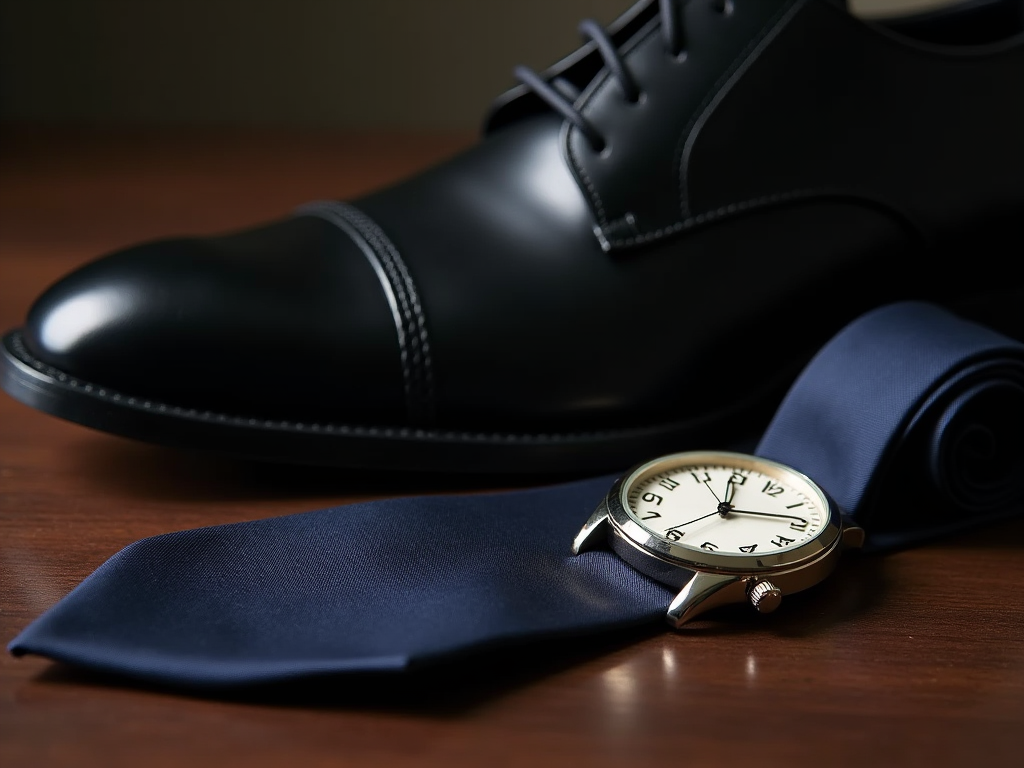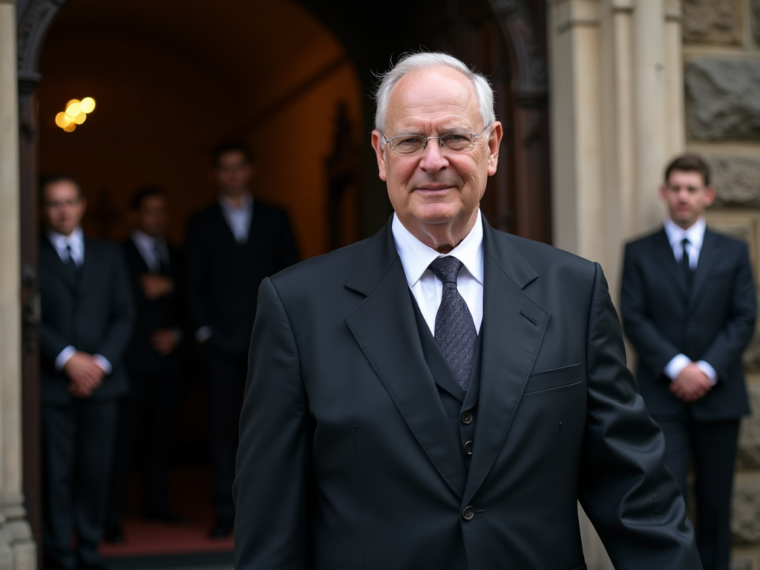Attending a funeral can be a somber and sensitive occasion, demanding an appropriate dress code to show respect for the deceased and their grieving family. The traditional guideline for funeral attire is simplicity and formality, with a focus on wearing darker, more subdued colors such as black or navy. As society evolves, there are nuanced expectations regarding men’s funeral attire, especially in multi-cultural contexts. This article provides a comprehensive guide to help men choose the appropriate attire for a funeral, ensuring they convey dignity and respect.
Understanding the Importance of Dress Code

Funeral dress codes are deeply rooted in cultural and social etiquette. Wearing the right attire signifies respect and understanding of the somber nature of the event. The primary aim is to convey compassion and solidarity with the bereaved. In many cultures, black remains the standard funeral color, symbolizing mourning and loss. However, it’s crucial to note that dress codes may vary based on the religious and cultural background of the deceased. Therefore, it’s wise to consider the nuances of each individual situation when choosing your outfit. Understanding these norms prevents any inadvertent disrespect and aligns your appearance with the solemnity of the occasion.
Essential Components of Men’s Funeral Attire
To adequately prepare for a funeral, men should focus on classic formalwear. A suit is often the most appropriate choice, providing both respect and formality. Essential components of suitable men’s funeral attire include:
- A well-fitting dark suit, preferably black, grey, or navy.
- A white or light-colored dress shirt.
- A conservative tie, ideally in dark colors or muted tones.
- Black or dark brown dress shoes, polished for the occasion.
- Optional: a dark-colored overcoat or trench coat for colder weather.
Each piece should be neat, pressed, and free from any distracting patterns or bright colors. It’s important to remember that simplicity and neatness are key to conveying respect and empathy.
Grooming and accessories have a significant impact on your overall appearance and should complement your attire’s formality. Ensuring your hair and facial hair are well-groomed adds to a polished look. Accessories should be minimal and understated, aligning with the solemnity of the event. Watches are acceptable if they are elegant and not ostentatious. Ties should be modest in pattern, avoiding loud or vibrant designs. If you choose to wear jewelry, limit it to simple pieces, such as a wedding band or a watch. Remember, the goal is to blend respectfully into the setting rather than stand out.
Adapting Attire for Cultural and Religious Variations
Respecting cultural and religious customs is crucial when attending a funeral. Many traditions around the world place specific expectations on funeral attire which may differ greatly from Western norms. For example, in some Eastern cultures, white may be the color of mourning rather than black. Jewish funerals may require a head covering, while Muslim services might dictate modesty as a key component of dress. Always try to research or inquire about any cultural or religious guidelines ahead of time. Understanding and adhering to these requirements is more than a gesture of respect; it’s an acknowledgment of the deceased’s beliefs and the family’s customs.
Conclusion
Choosing the right attire for a funeral requires careful consideration and respect for the occasion’s solemn nature. By adhering to traditional guidelines and being mindful of cultural and religious beliefs, men can ensure their clothing reflects the gravity and significance of the moment. The goal is to support those grieving and honor the life being remembered with dignity. When in doubt, remember that simplicity, subtlety, and respect are the core principles guiding funeral attire choices. A well-put-together appearance, paired with the right demeanor, will convey your heartfelt condolences and support.
Frequently Asked Questions
- Can I wear a colored tie to a funeral?
Preferably stick to dark or muted colors for a tie. Avoid bright or loud patterns to maintain respect and solemnity. - Is it necessary to wear a suit jacket?
Yes, wearing a suit jacket is typically expected as part of formal funeral attire. It completes the look and shows respect for the event. - Are there different attire expectations for a memorial service?
Funeral and memorial service attire often align, but always consider the nature of the event. Memorial services can sometimes be less formal, but it’s best to confirm the expected dress code. - What should be avoided regardless of the cultural context?
Avoid casual wear, bright colors, flashy accessories, and anything too casual or beachy like shorts or sandals. - Can accessories be worn at religious funerals?
Simple and minimal accessories are appropriate, but it’s advisable to understand specific religious customs which might restrict certain items.





